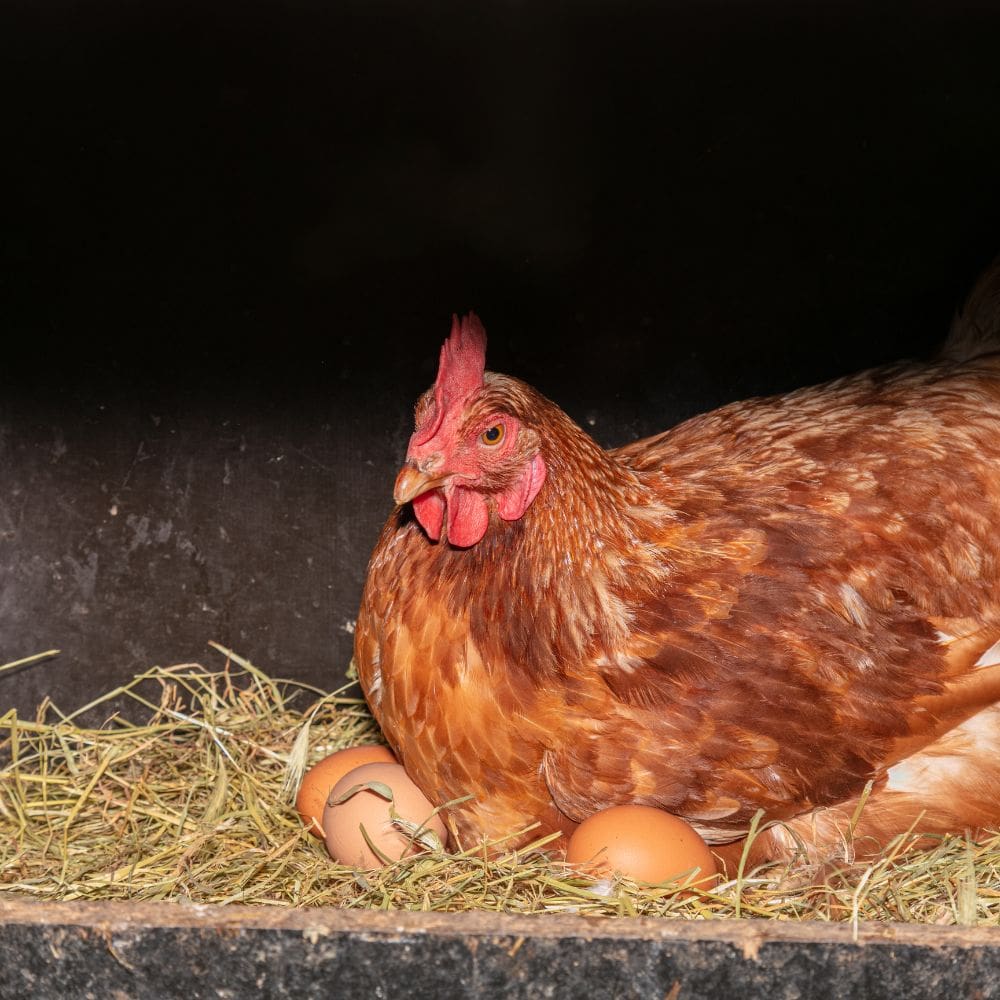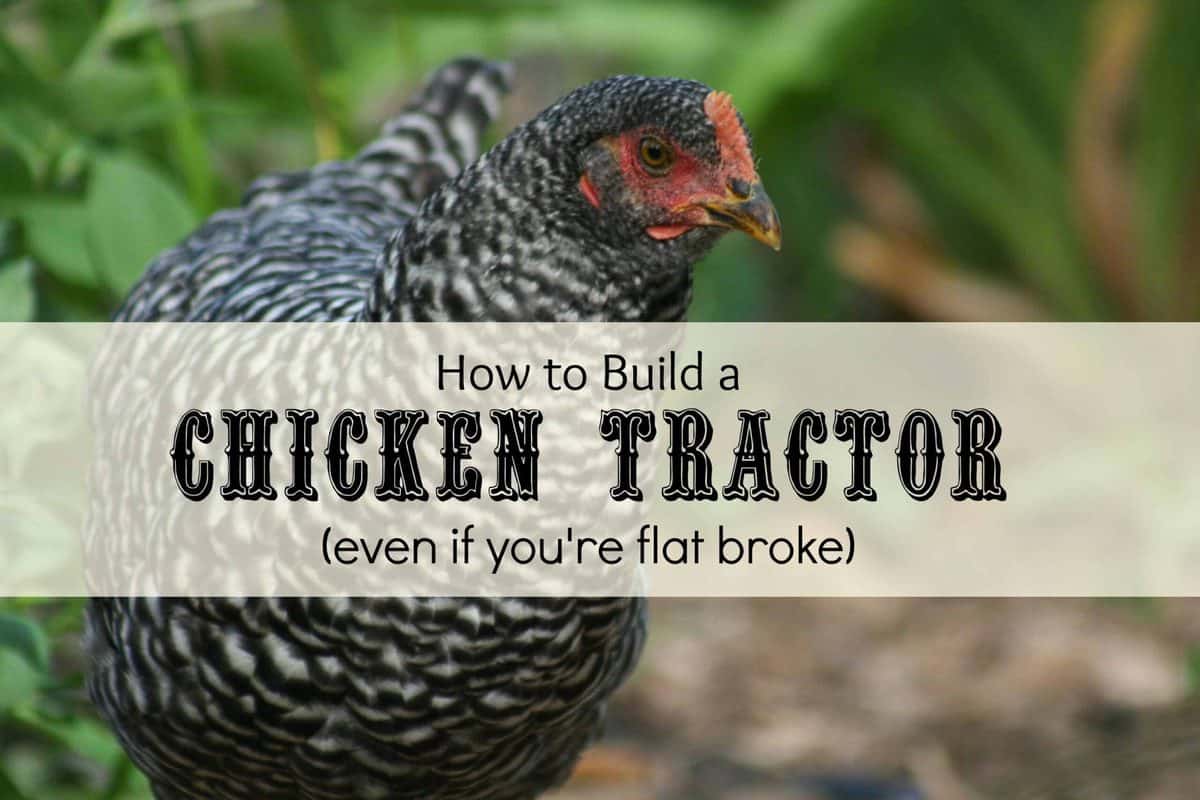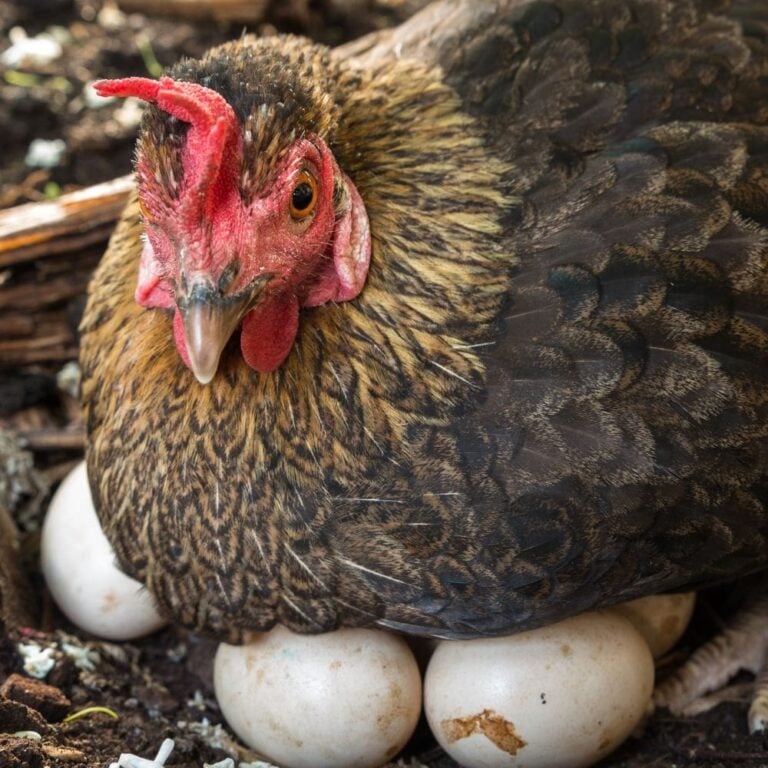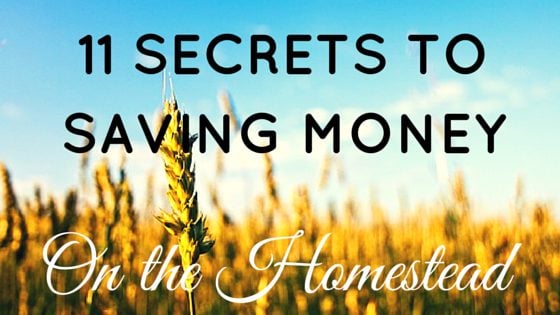Chicken nesting boxes are central to owning hens. It’s where the magic of laying eggs happens!
Choosing the RIGHT nesting boxes is pretty important – I’m frequently contacted by owners who think their hens aren’t laying eggs.
But often, the issue is these hens just aren’t fans of their nesting areas – so they’re laying elsewhere.
And we all know that one of the best parts of being a chicken mama is being a chicken grandmama! The excitement can’t be contained when you find the fluffy butts sitting on eggs because they’ve gone broody.
But, as I said above, hens don’t just lay anywhere. Why? Read on…
In this article, you’ll discover everything you need to know – whether you want to buy your “egg depositories” or plan to use DIY chicken nesting boxes plans to build your own.

Table of Contents (Quickly Jump To Information)
What can I use as a chicken nesting box?
Pretty much anything can be a nesting box – a basket, a box, 5-gallon buckets, you name it. The most important thing is that a nesting box is:
- Quiet
- Clean
- Dark
- Safe
You can find many DIY nesting box plans online – just choose a style that suits your flock and coop.
Buying nesting boxes? These are the brands we recommend.
It’s most important that the nesting box is easy for your hens to get in and out of. Beyond that, they must feel safe or they won’t use the boxes. The look or material is less important than your hens feeling safe.
How many nesting boxes are necessary?
Flocks of different sizes have different needs. You don’t need a million nesting boxes if you only have a few hens! While there really is no hard and fast rule about how many nesting boxes you should have, a basic rule of thumb is 1 nesting box per 4-5 chickens.
Why so few? Chickens are social animals, and hens like to share their laying space. In fact, if you enter your chicken coop at just the right time, you might find 2 or even 3 hens cluttering up ONE nesting box!
So, if you’re asking yourself, “How many nesting boxes do I need for 20 chickens?” rest assured that 5 boxes are enough for 20 chickens.
They might only use two of those. Plus making one nesting box for each and every hen is overkill!
How many nesting boxes do you need for 6 chickens?
Remember that for every 4-5 chickens, 1 box is best. So for 6 chickens, 2 boxes are enough.
What is the best material for a chicken nesting box?
Wood, metal, and plastic are popular choices for nesting boxes. DIY versions can be made from scrap wood left from a previous project, or plywood would be awesome! You can also make economical plastic chicken nesting boxes out of 5-gallon buckets, milk crates, and even cat litter boxes!
Some people like the Roll Out nest boxes you see on Amazon. These are usually made of metal, which is easy to clean and sanitize.
Just remember that these contraptions take up space, and gravity plays a huge part in this kind of system. For it to work correctly, the roll-away nest box angle should be considered.
Whichever material you choose, just remember that it’s important your hens’ living area is frequently cleaned. Choose material that’s easy to sanitize (you’ll be happy you did).
What’s the best bedding for chicken nest boxes?
What do you put in a nesting box? Who knew you would have so many chioces for nesting material for your laying hen (or hens)? Well, you do. Let’s briefly go over several of your choices.
Pine Shavings
For bedding, we personally use pine shavings. They’re easy to clean, easy to find in farm stores, and economical. Easy cleaning is on the top of my priority list.
Cedar Shavings
Some people object to using cedar in their coops for their poultry, claiming the scent of cedar might harm chickens. While the jury is still out on this, pine shavings make a fine substitute. However, if you find you really have a lot of problems with mites, cedar shavings might be a safer bet – it’s far more likely your hens will be harmed by mites than by cedar.
Sawdust
Sawdust may not be as good as wood shavings, but it’s still a viable choice that works just about the same. The only hesitation is that some beginners may try to eat it.
Straw & Hay
Straw and hay are also fine but you will likely need to change the bedding more often. Some people claim straw and hay can harbor chicken mites. This might be true (but really, any bedding can if you don’t change it often enough).
Grass Clippings
Grass clippings and shredded leaves aren’t recommended. They’re not very absorbent and will get dirty a lot faster. Grass in particular creates a gross, moist environment fast. A moist environment can cause a bacteria problem.
Newspaper
Newspaper isn’t very absorbent either, and the ink will get on your hens and possibly the eggs. It’s not something I recommend.
Herbs
Some people add herbs so their hens have a nice-smelling space to help them relax and prompt laying. We are definitely “those” people. In fact, we believe in them so much that we have created several proprietary blends to choose from. They smell great, are inviting to the hens, add health benefits to your flock, and repel pests!
Pine Needles
Sounds painful but they are actually quite soft. In some areas you can access these for free if you are willing to load them up.
Nesting Pads
If you want to use a nesting box pad, there are lots of commercial options. Here are some brands I recommend:
Bedding Tips
Remember: This bedding will basically be the mattress for your hens. Before throwing in anything you find, keep in mind that your hens will be sitting on it – and if they’re comfortable, they’re more likely to use the nesting box.
Also, make sure the bedding is soft enough for the eggs to land on, and that they won’t get cracked if your hens roll them around.
The nesting box material should be easy for you to clean and sanitize – and prevent chicken mites.
Here at the farm, we add ¼ cup of our WormBGone nesting herbs 3-4 times a week to each nesting box to keep internal parasites away and MitesBGone to ward off chicken mites. We also make sure that we change the bedding mix once it gets soiled or wet.
The amount of material you use should correspond to the nesting box size. You want the nesting box to look full without seeming stuffed (and too stuffy for your hens to easily get in and out).
Do nesting boxes need to be elevated?
They can be sitting on the floor or raised. Keep in mind, however, that your hens are prey animals, and they’re easily startled during egg-laying time. Nesting boxes that are elevated will help your chickens feel safer and prompt egg laying better than those on the ground.
It also keeps the roosters from bothering them during a private moment. It’s also easier to keep poopy shavings away if you elevate the chicken nesting boxes.
How high should nesting boxes be off the ground?
18 inches to 2 feet is best so that all your hens can reach them. Chickens can’t fly very well – heavy breeds like Brahmas or specialized breeds like Silkies don’t fly much at all. So, you’ll want the boxes easily accessible, and any higher than 2 feet might be difficult for some breeds to reach.
If you plan to install the boxes higher (or if your coop came with them elevated), it would be great if you also install a perch or ladder to help the flightless members of your flock.
When should you open nesting boxes for chickens?
Once hens reach their laying stage at approximately 17 weeks, you can cut the ribbon and pop the champagne! At this stage they will already be accustomed to sleeping in the roosts they won’t get into the habit of sleeping where they should be laying.
How do you get chickens to lay eggs in a nesting box?
If your hens aren’t naturally using their nesting boxes, you should first try to figure out why. Are they not safe? Is the area too noisy? Are they dirty? Do your hen’s free range (which means they might choose a different location to lay)? Again, hens lay where they find it safe and comfortable.
Make the nesting box bedding fluffy and clean. You can also use nesting herbs to attract your hens, and if you get really stuck, you can put training eggs in the boxes. These are fake eggs you put in nesting boxes to let pullets know that that is where they should lay their eggs. While this seems silly, chickens really do take the hint!
If your hens insist on laying their eggs everywhere, you can block the “wrong” places. This makes them go on a hunt for another safe place.
Just remember that if your nesting boxes aren’t:
- Quiet
- Clean
- Dark
You might have a hard time getting your hens to use it! You can try hanging curtains over the openings of the boxes to provide a bit more privacy.
How big do nesting boxes need to be?
Your chicken nesting box size is also important when talking about comfort. 14” x 14” x 16” boxes would be cozy enough for larger breeds like Brahmas, Ameraucanas, Araucanas, and other breeds. Consider how large your chicken is – you want the nesting boxes to be big enough for your hens, but not so big that they feel unsafe or exposed (remember, dark nesting boxes are best!).
How do you stop chickens from pooping in their nesting boxes?
It can be hard to stop them from pooping in their boxes. Chickens (like all birds) don’t have a bladder, so when they gotta go, they just go. Additionally, chickens poop and lay eggs from the same area (the vent), so when your hen is laying an egg, some poop might accidentally slip out.
That being said, your chickens are more likely to poop in their boxes when they’re NOT laying an egg – meaning if they’re using their boxes as a bed.
No matter how many nesting boxes per chicken you have, remember that the boxes aren’t their sleeping quarters. That’s what a roost bar is for.
Chickens would only poop in the nesting boxes when they treat them as their home (sleeping in them) because they do a lot of pooping at night. So it is essential for them to be trained to sleep in the roosts first before opening the boxes.
If you have chickens using their nesting boxes as a sleeping place, evict them! Shoo them or gently remove your hens when you find them getting too comfortable snoozing in those boxes. You can also have a “door” or flap of some kind to shut the nesting boxes at night to keep them out.
What if I have a broody hen?
If you have a broody hen you will have to decide whether or not you want her to continue brooding. Read this article to help you decide and know what to do.
If you decide to let her stay broody then she will just need use of the box for a long while.
How do you keep a nesting box clean?
You need to clean it regularly! Make it part of your egg collection routine to do some housekeeping. Remove soiled bedding material, feathers, and poop that you find. If it’s really gross, you’ll have to completely remove all the bedding and wipe down the laying area. You can use water, all-natural wipes, or other cleaning solutions to do the job.
Shavings are the easiest to clean while straw is the hardest! It is also the perfect place for pests to hide. Therefore, it will help out big time when you think about what material to put in chicken nesting boxes.
Summary
You have choices for your backyard flock! That’s good. The most important elements are to be sure your nesting boxes are inviting and clean. Hopefully we have given you some tips that will help ease your mind and guide your steps!
Maat van Uitert is a backyard chicken and sustainable living expert. She is also the author of Chickens: Naturally Raising A Sustainable Flock, which was a best seller in it’s Amazon category. Maat has been featured on NBC, CBS, AOL Finance, Community Chickens, the Huffington Post, Chickens magazine, Backyard Poultry, and Countryside Magazine. She lives on her farm in Southeast Missouri with her husband, two children, and about a million chickens and ducks. You can follow Maat on Facebook here and Instagram here.







So i have 4 rhode Island reds and they refuse to sleep on the perch! When I close the boxes up they will go on the ground and sleep they HATE the perch! Even when they were chicks. During the day they will use them but at night absolutly not!
HELP!!!!
Hi Sharon – how old are they? What does the perch look like? How wide is it? Is there any chance some other critter could bother them on it?